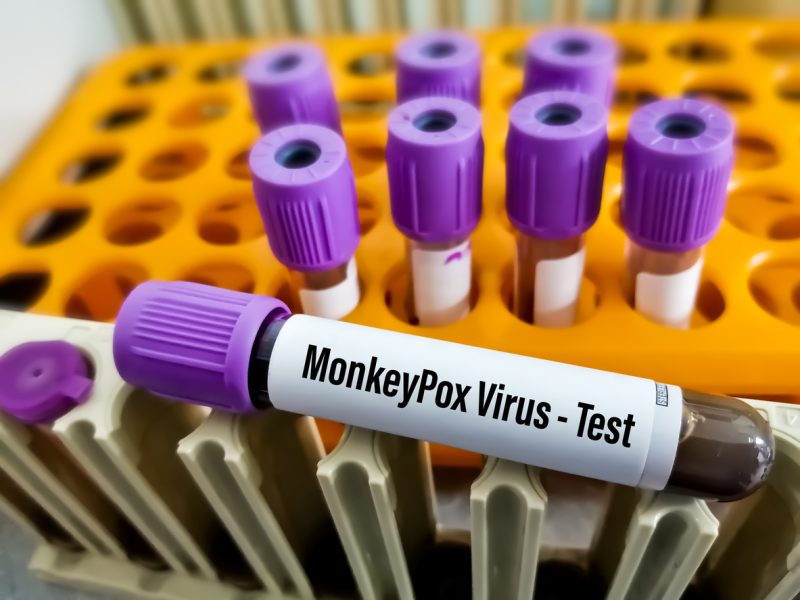
Monkeypox: Delhi has India's 4th case; WHO says virus 'spreading rapidly'

A 34-year-old man from Delhi with no history of foreign travel has tested positive for monkeypox virus, according to reports on Sunday (July 24).
This is the fourth case of the disease being reported in India.
The man had attended a stag party recently in Manali in Himachal Pradesh, PTI reported quoting official sources.
Also read: What is monkeypox? Know symptoms, causes, prevention
A resident of West Delhi, the man was admitted to the Maulana Azad Medical College Hospital here around three days ago after he showed symptoms of monkeypox.
His samples were sent to the National Institute of Virology (NIV) Pune on Saturday which came out positive, the sources said.
“Contact tracing process has been initiated,” the sources said.
Also read: Monkeypox now a global emergency, despite dispute among WHO members
Three cases of monkeypox had earlier been reported from Kerala.
Monkeypox spreading rapidly: WHO
The World Health Organization (WHO) on Saturday declared monkeypox a global public health emergency of international concern.
On Sunday, the WHO called on countries in South-East Asia Region to strengthen surveillance and public health measures for monkeypox, with the disease being declared a public health emergency of international concern.
Also read: Monkeypox: ‘Virus can get transmitted through linens’
“Monkeypox has been spreading rapidly and to many countries that have not seen it before, which is a matter of great concern. However, with cases concentrated among men who have sex with men, it is possible to curtail further spread of the disease with focused efforts among at-risk population,” said Dr Poonam Khetrapal Singh, Regional Director, WHO South-East Asia Region.
Globally, over 16,000 cases of monkeypox have been reported from 75 countries. In the WHO South-East Asia Region, five cases of monkeypox have been reported, four from India and one from Thailand.
The cases in India are among nationals who returned home from the Middle East, while in Thailand an international living in the country has been confirmed positive for monkeypox.
The Regional Director said, “Importantly, our focused efforts and measures should be sensitive, devoid of stigma or discrimination.”
Also read: Monkeypox in Kerala: High alert in 5 districts; contact tracing on
‘Many unknowns about virus’
The decision to term monkeypox as a public health emergency of international concern (PHEIC) was announced by Dr Tedros, Director-General WHO, on Saturday, a day after he convened yet another meeting of the IHR emergency committee to review the multi-country outbreak.
“Though the risk of monkeypox globally and in the region is moderate, the potential of its further international spread is real. Also, there are still many unknowns about the virus. We need to stay alert and prepared to roll out intense response to curtail further spread of monkeypox,” Dr Khetrapal Singh said.
Since the start of the outbreak, the WHO said it has been supporting countries assess risk, and initiate public health measures, while also building and facilitating testing capacities in the region.
Engaging and protecting the affected communities; intensifying surveillance and public health measures; strengthening clinical management and infection prevention and control in hospitals and clinics; and accelerating research into the use of vaccines, therapeutics and other tools, are among the key measures that need to be scaled-up, the Regional Director said.
Also read: Monkeypox virus case confirmed in UK after Nigeria travel link
Monkeypox virus is transmitted from infected animals to humans via indirect or direct contact. Human-to-human transmission can occur through direct contact with infectious skin or lesions, including face-to-face, skin-to-skin, and respiratory droplets.
In the current outbreak countries and amongst the reported monkeypox cases, transmission appears to be occurring primarily through close physical contact, including sexual contact. Transmission can also occur from contaminated materials such as linens, bedding, electronics, clothing, that have infectious skin particles.
(With inputs from agencies)

